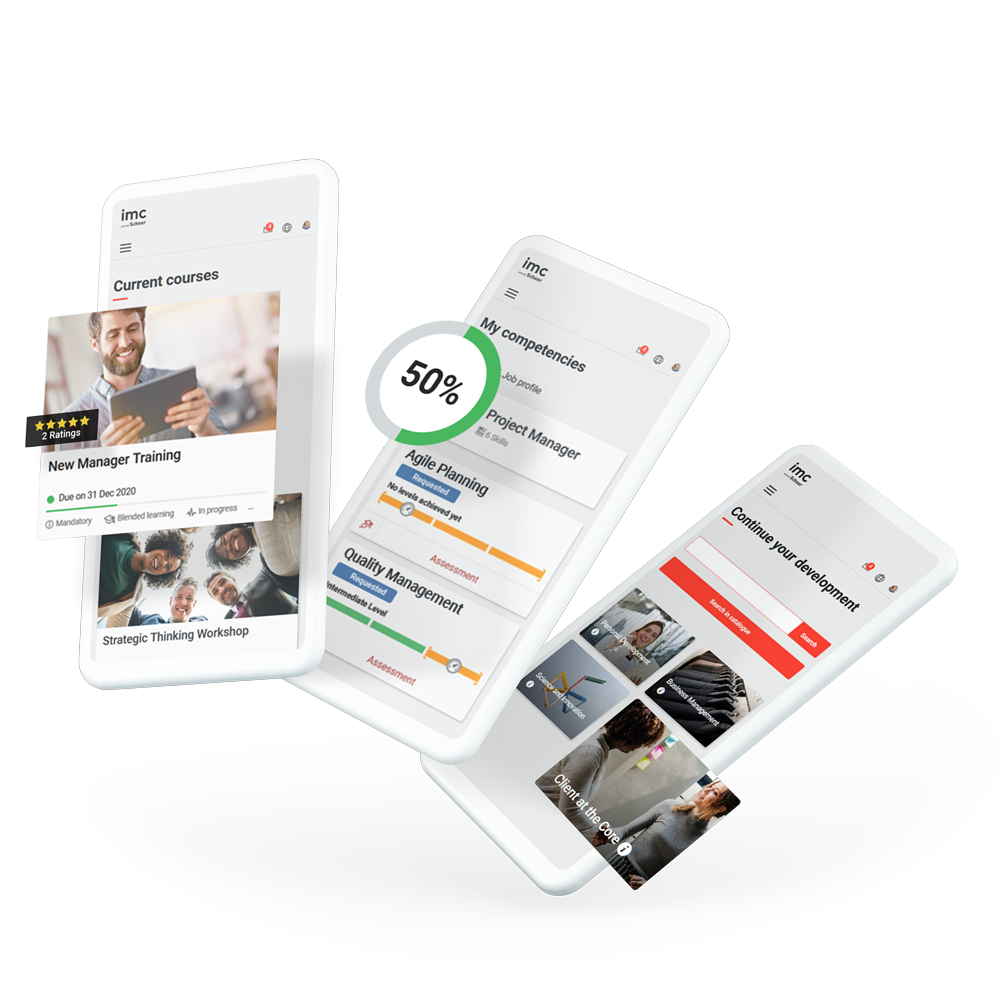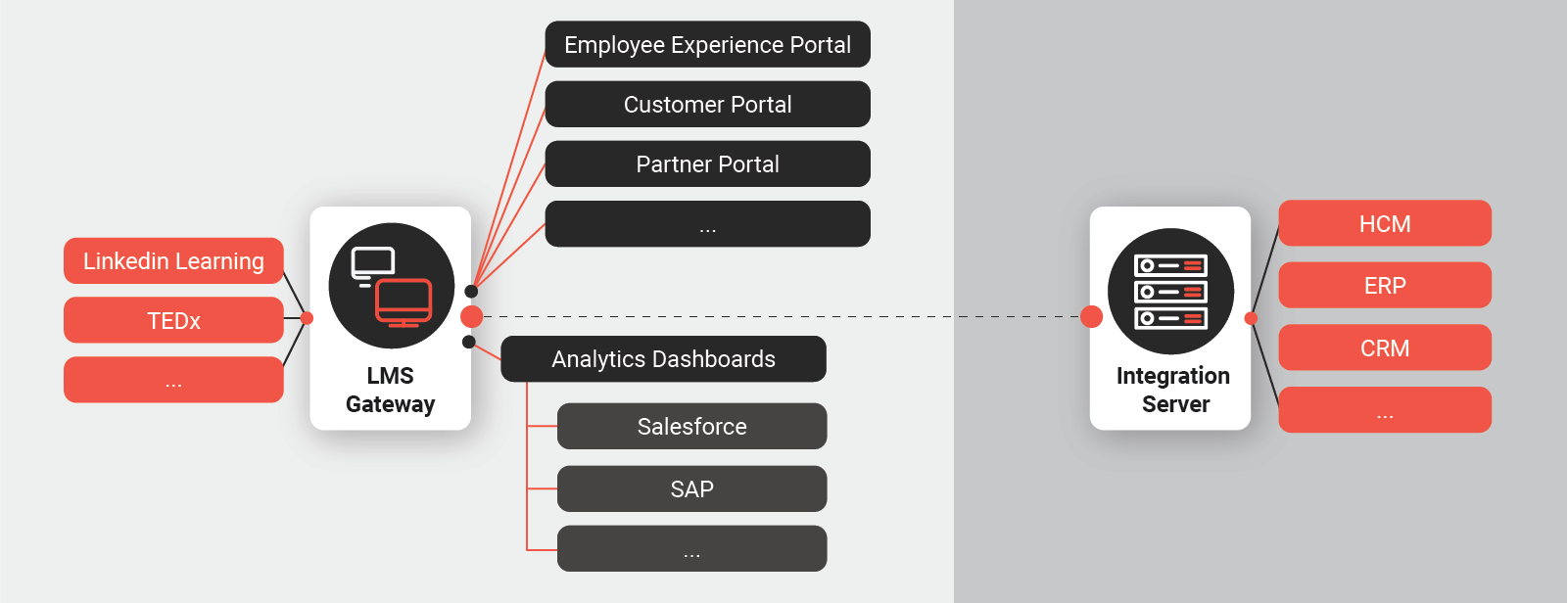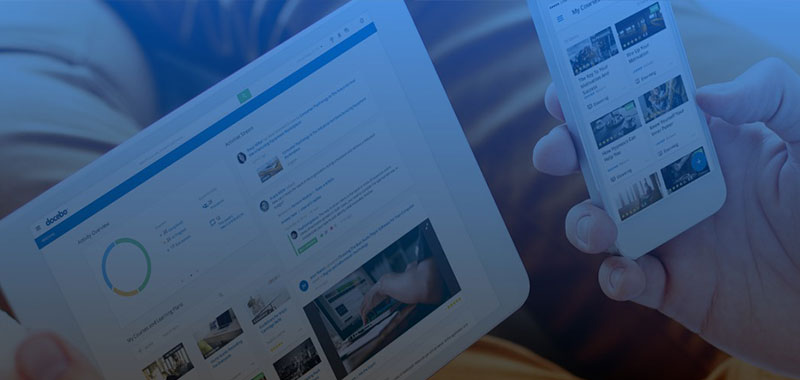
Evolution of the Modern Learning Technology
Make the most impact by integrating a learning experience platform (LXP) into a learning management system (LMS)
Self-directed learning has evolved the experience of learning technologies in recent years. That is why you should consider integrating your learning experience platform (LXP) with a learning management system (LMS), into what is collectively known as a “Learning System Suite” (LMS integration).

LXP vs. LMS: so, what is the difference?
A learning experience portal (LXP) is designed to be “user-centric”. An LXP increases how we consume learning and integrates our learning into a workflow.
On the other hand, learning management systems (LMS) were originally designed to enable how learning is managed. The purpose of an LMS is to deliver corporate educating and training with a level of control.
If we were to put it in simpler terms, an LMS is is focused on the organisation, while an LXP is oriented more towards the learner.
According to a survey conducted by the Fosway Group in 2020, as learning becomes an integral part of the organisations, both an LXP and LMS needs to be integrated successfully. This will help businesses to maximise their learners’ engagement levels and measure the analytics of their success.

Different orientation of Learning Experience Portal (LXP) and Learning Management System (LMS).
Where user-centered learning and business outcomes come together
Where a learning experience portal wants to improve learning and makes it more attractive, the learning management system can integrate an LXP. Which is why a fully unified learning platform (LMS integration) has been developed called the Learning System Suite. This suite can be integrated seamlessly into an organisational infrastructure. It aims to provide users with a positive learning experience.

What does the next generation of learning management look like?
An LMS is geared more towards engaging learners through artificial intelligence and LXP integration. If we were to look at the ideal next-generation learning environment, it would consist of an LMS gateway and integration server. This will help to facilitate both users’ success and their learning experience.

Next Generation Learning Technology
In Summary
If organisations look to unify both of their platforms, we can combine a user-centric approach with business outcomes to make learning success more visible. This will enable organisations to learn the “right thing” instead of just providing content or offering content for the sake of learning.
This blog is an excerpt of a published article by Sven Becker, a member of imc Board of Directors. The original article (German only) can be found here.

Gamified Learning to Drive Learner Motivation
Use gamified learning to increase employees' motivation and help them build their skills in the workforce.

Multi-tenancy LMS solutions
You can cover the needs of various internal and external learner groups with different training requirements by utilising the multi-tenancy LMS.